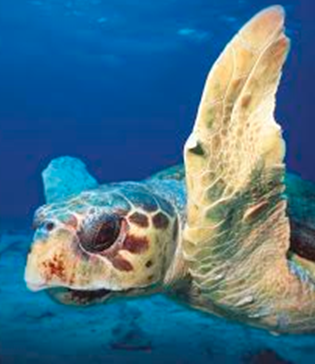Speaker
Mr
Jernej Bravničar
(Department for Animal Science, Biotechnical University, University of Ljubljana, Slovenia)
Description
The Adriatic grayling (Thymallus thymallus aeliani) with species range in the Northern Adriatic basin is the most diverged among phylogenetic lineages of European grayling (Thymallus thymallus) and according to molecular studies has been evolving separately from other European linages for more than 4 million years. Unaware of evolutionary distinctiveness, Soča river was continuously stocked from neighboring basin that inhabits graylings belonging to Danubian southern Alps lineage from 1980s till recently. Practice resulted in mixing of evolutionary lineages and observed but not tested drop of population fitness. Today no pure Adriatic grayling populations can be found in Soča river, with all having a considerable percentage of alleles originating from upper Sava drainage.
Our aim was to identify mitochondrial haplotypes present in river Soča in time which predates known human induced translocations. Fortunately Nature History Museum of Vienna (NHMW) holds specimen originating from Adriatic basin obtained in 1800s.
DNA from white-eyed specimen stored in ethanol was isolated in NHMW clean room. Novel primer sets were designed to multiple overlapping 230-330bp long regions of mtDNA control region.
We were able to obtain isolates from 20 specimen sampled from 1866-1899; Soča (Adriatic lienage), Sava Bohinjka (Danubian southern Alp lineage) and Fischia bei Lichtworth (Danubian northern Alp lineage). Sequenced mtDNA CR fragment haplotypes of 582bp length were aligned with known sequences of European grayling. Phylogenetic analysis was run in order to classify obtained haplotype lineage identity.
Analysis has shown presence of Danubian northern Alps lineage in addition to native Adriatic lineage in Soča river samples from 1861 and 1888. Interestingly in extant specimens from Soča river only Adriatic lineage and Danubian southern Alp drainage (a result of recent translocations) are present. We believe the possibility of human induced translocations of grayling in 1800s is highly unlikely due to technological restraints, although fertilized eggs could have been transferred on damp moss in barrels. Alternatively it could be a product of past natural introgression via Pleistocene glacial damming in alpine valleys. However to clarify this, further genomic analysis is needed.
Author
Mr
Jernej Bravničar
(Department for Animal Science, Biotechnical University, University of Ljubljana, Slovenia)
Co-authors
Dr
Aleš Snoj
(Department for Animal Science, Biotechnical University, University of Ljubljana, Slovenia)
Dr
Anja Palandačić
(Zoological Department, Natural history museum Vienna, Vienna, Austria)
Dr
Simona Sušnik-Bajec
(Department for Animal Science, Biotechnical University, University of Ljubljana, Slovenia)

